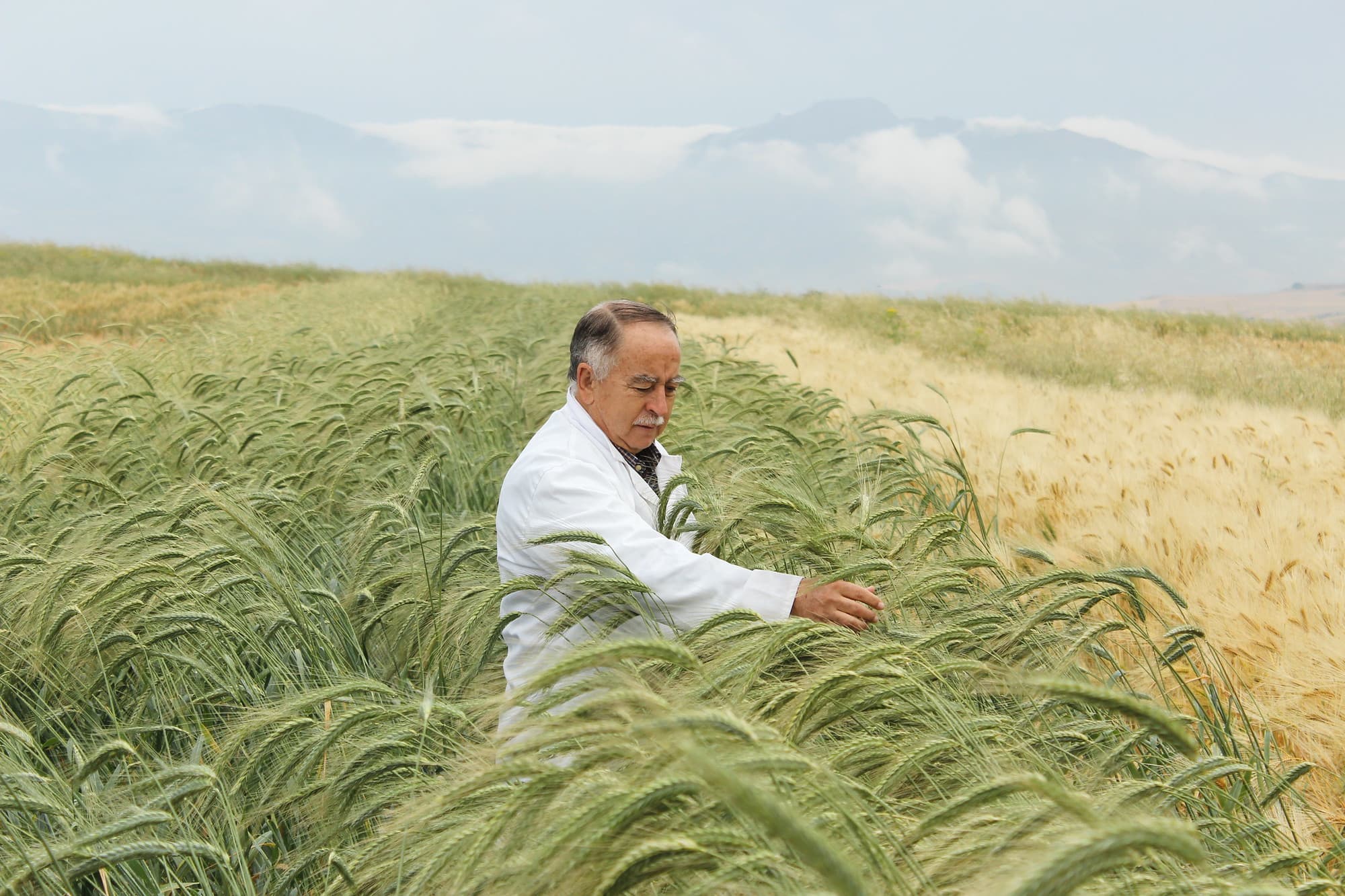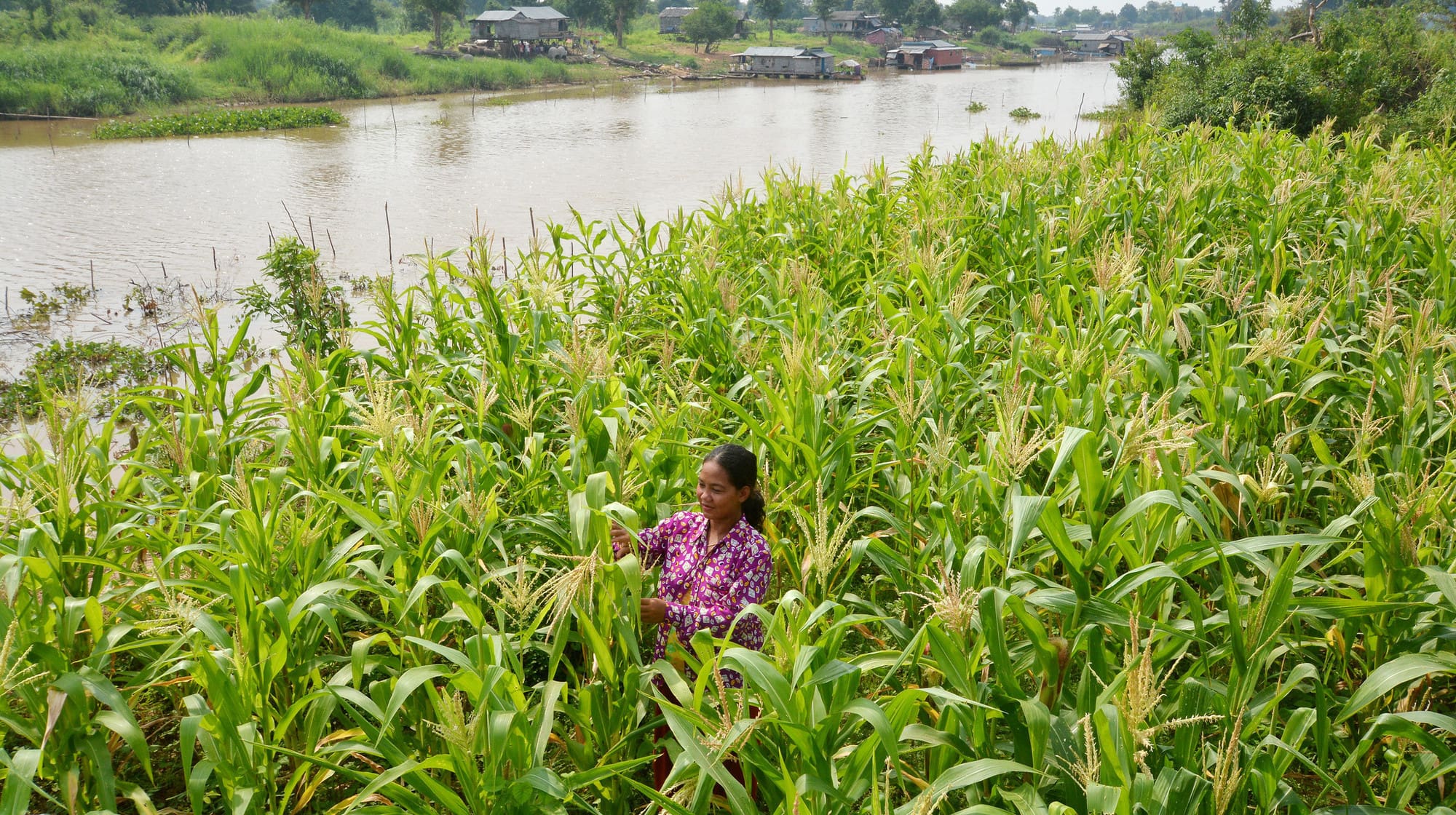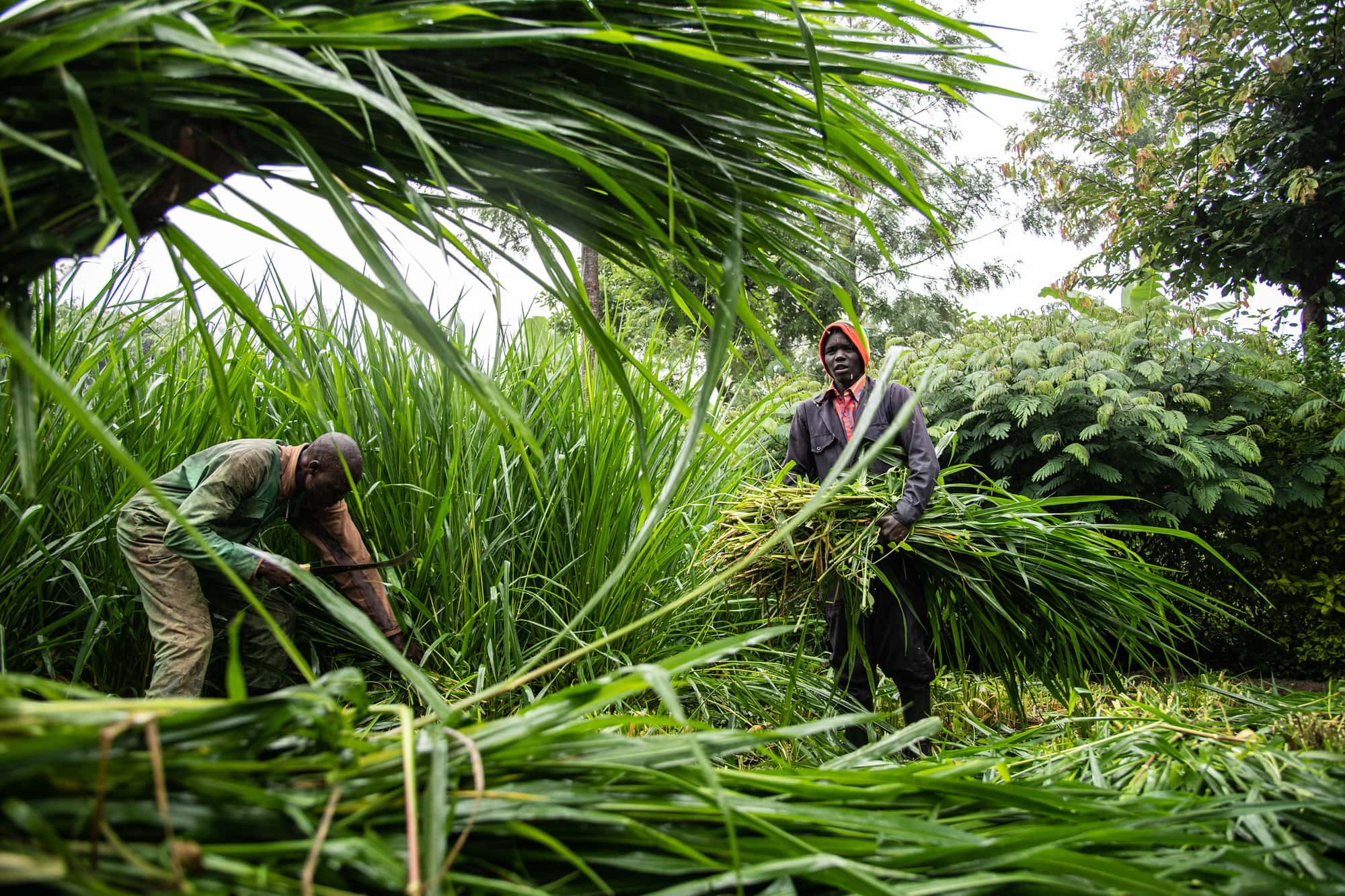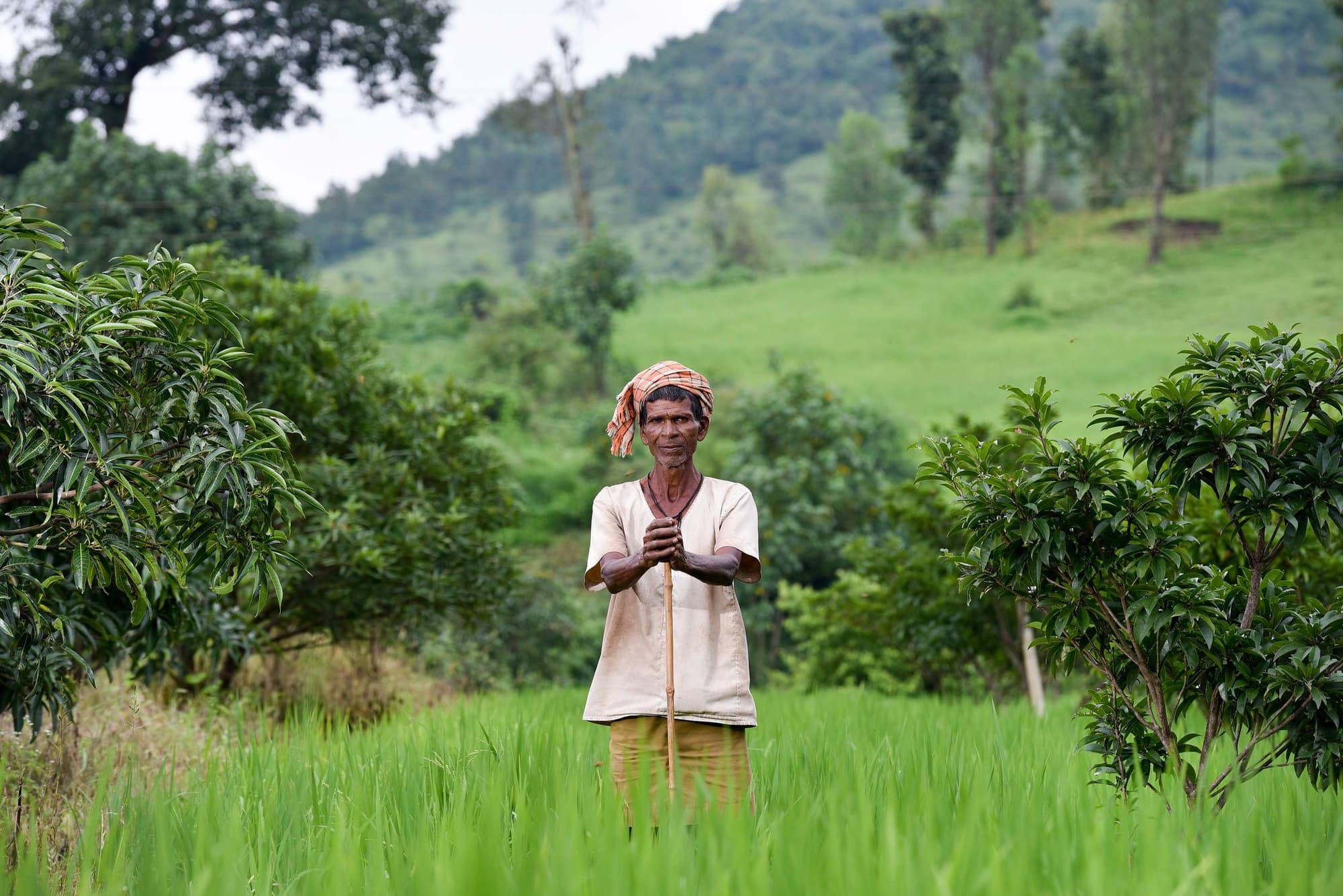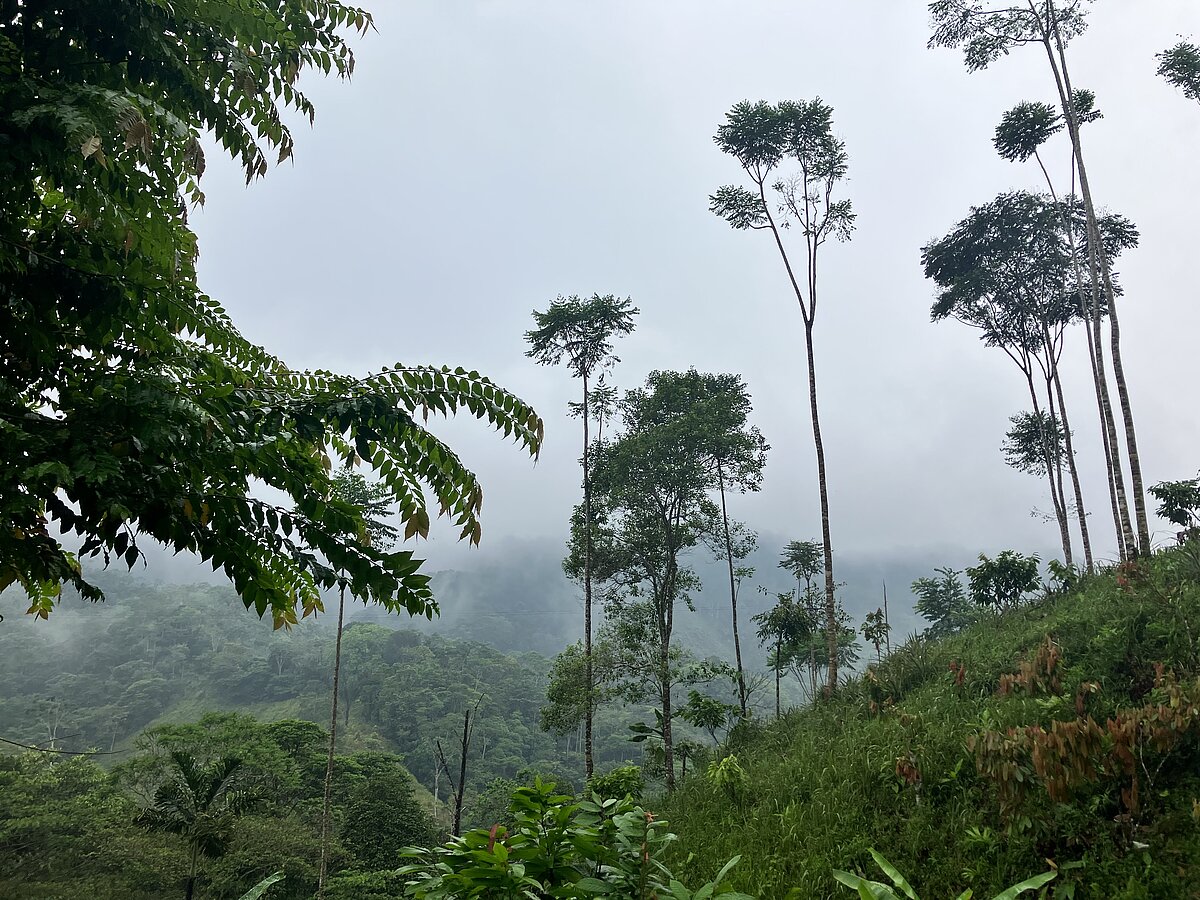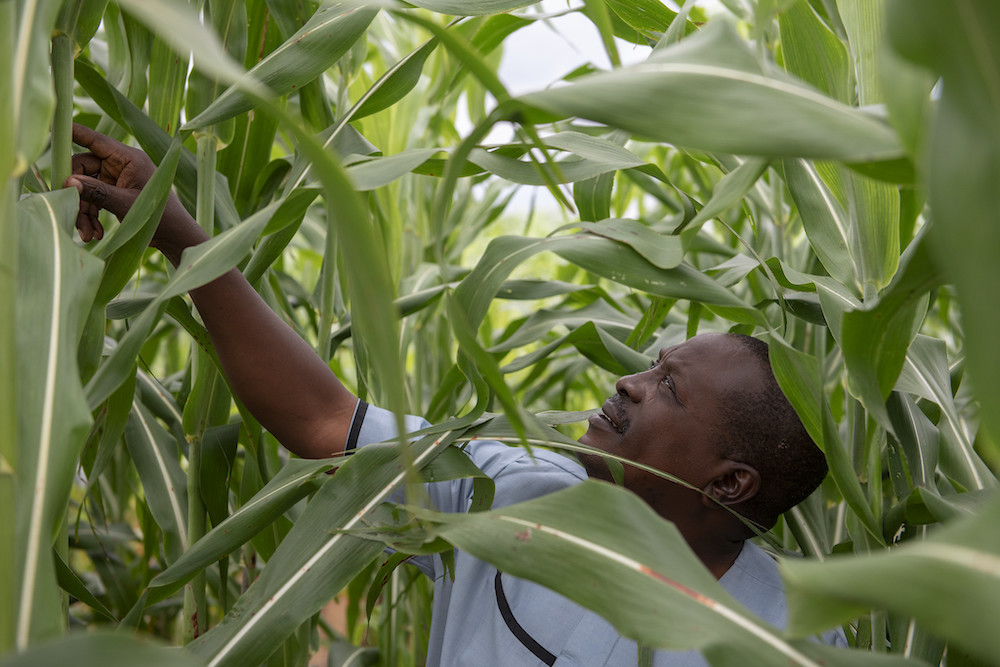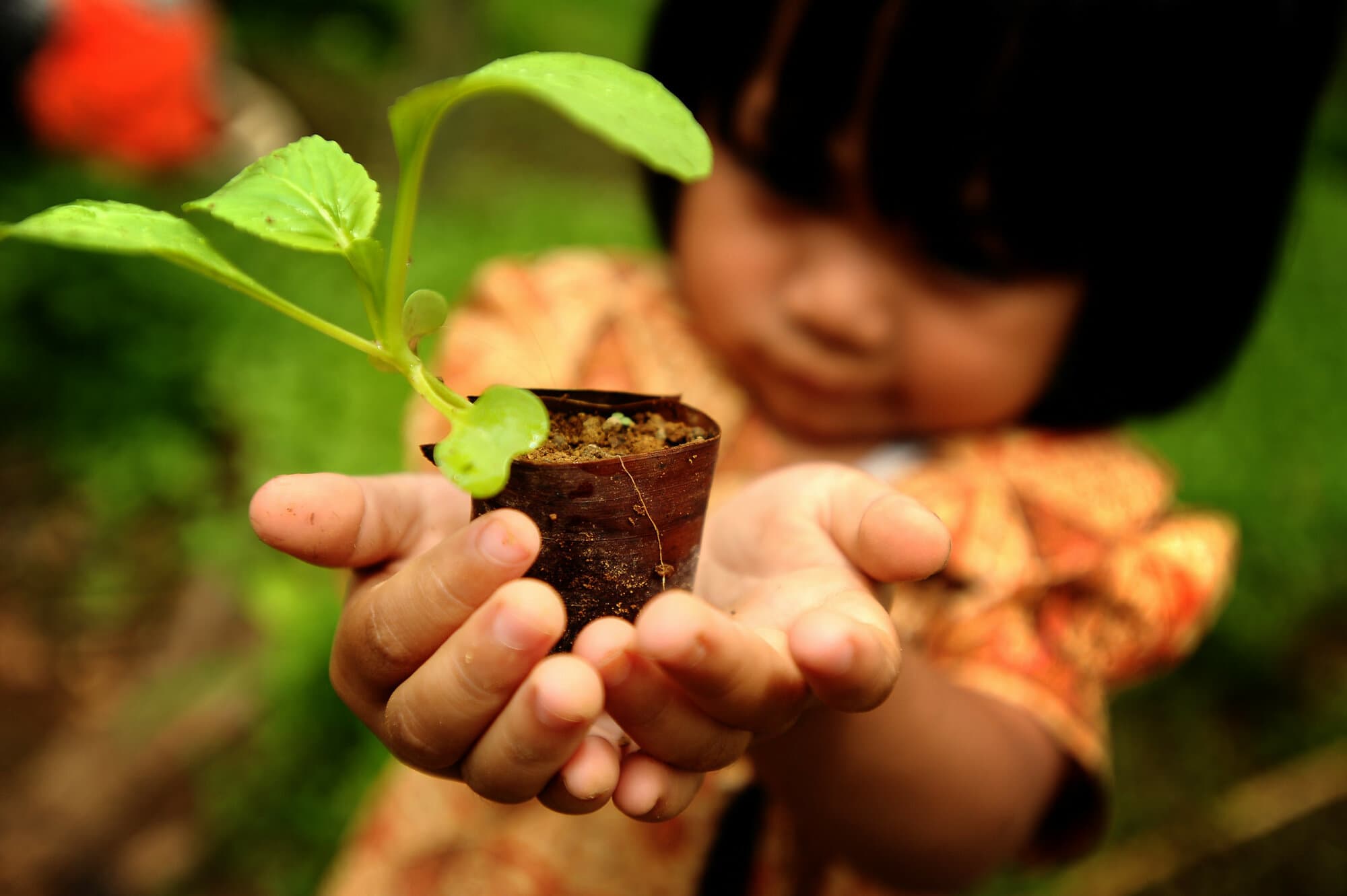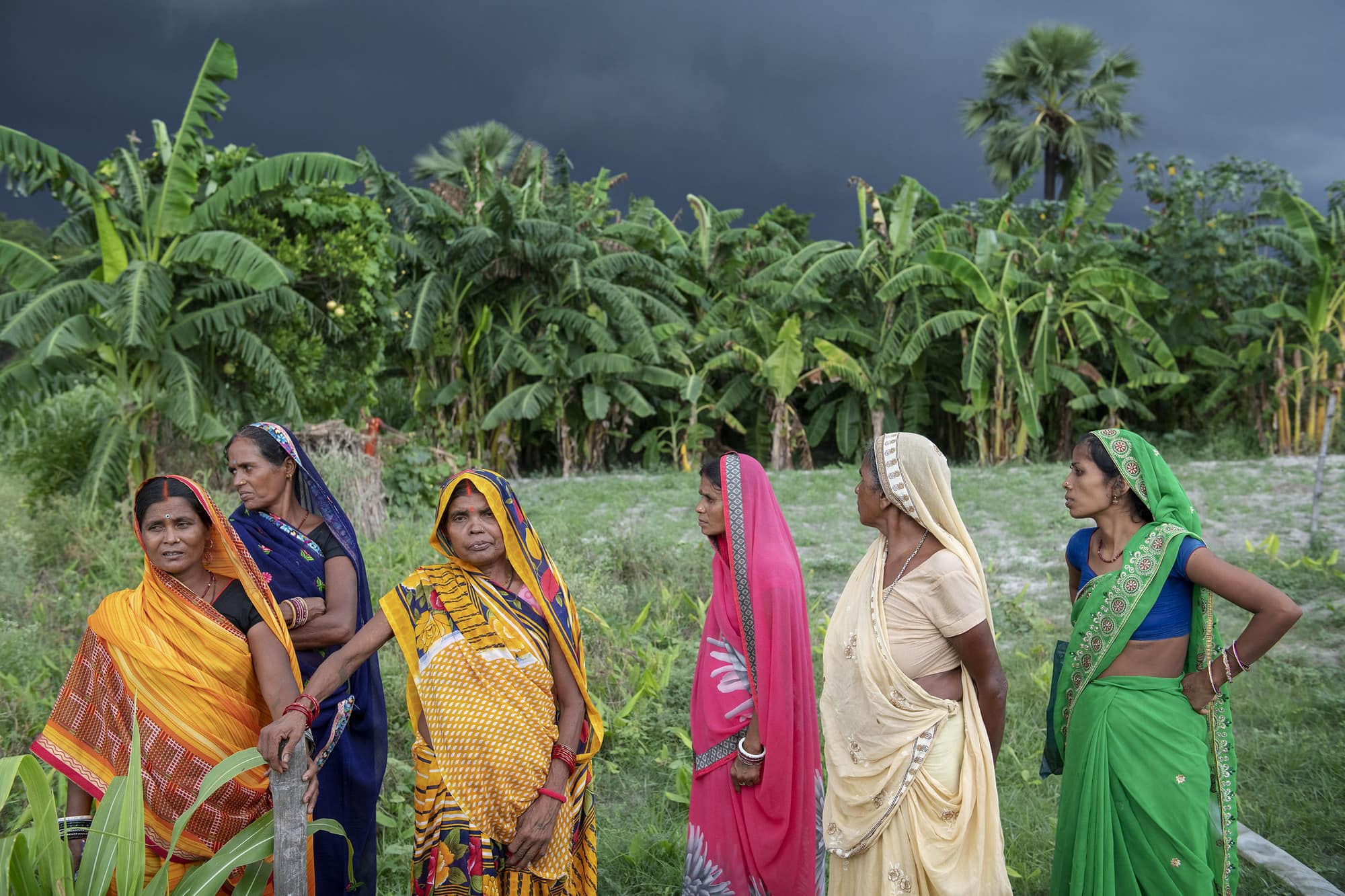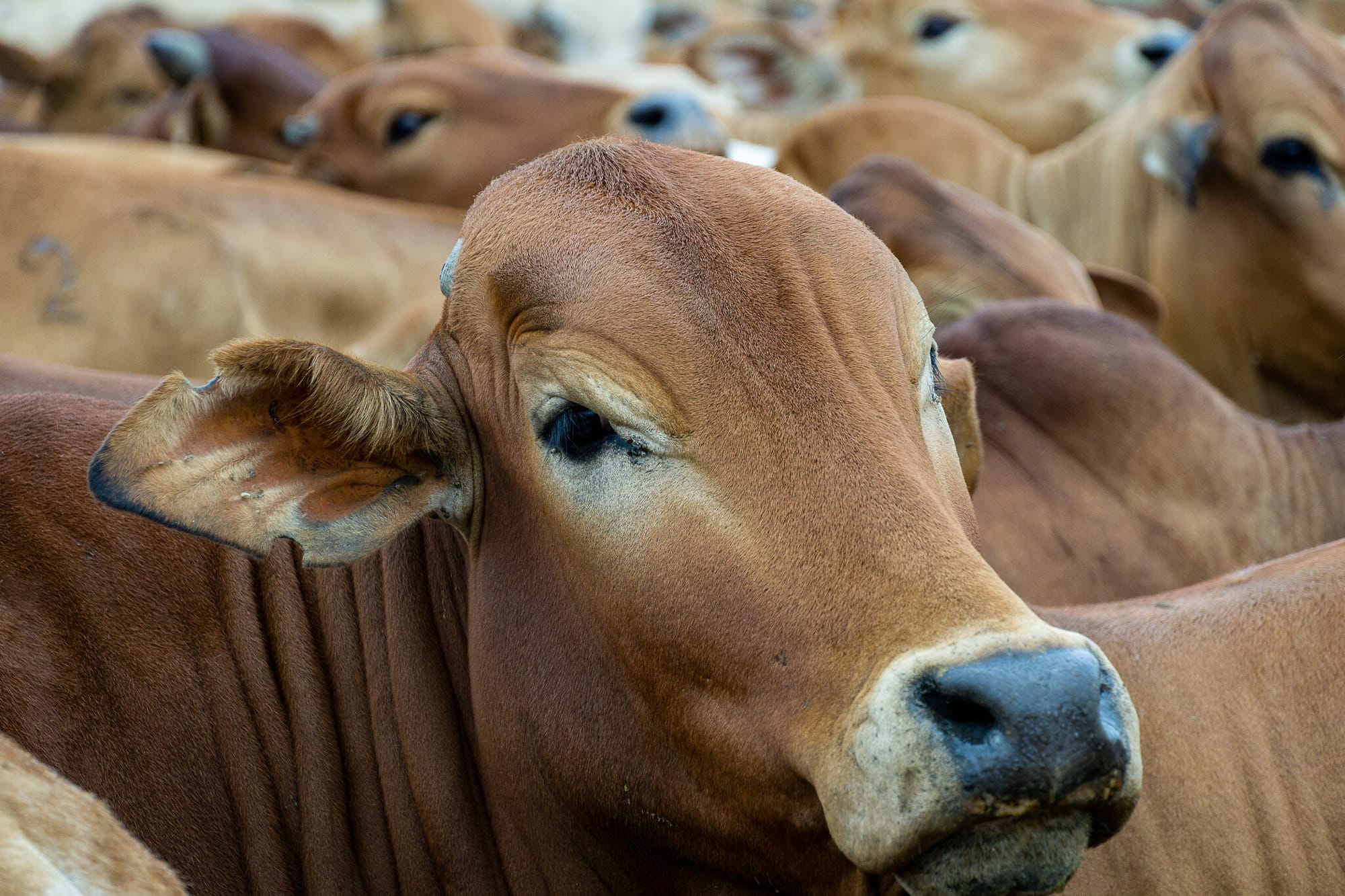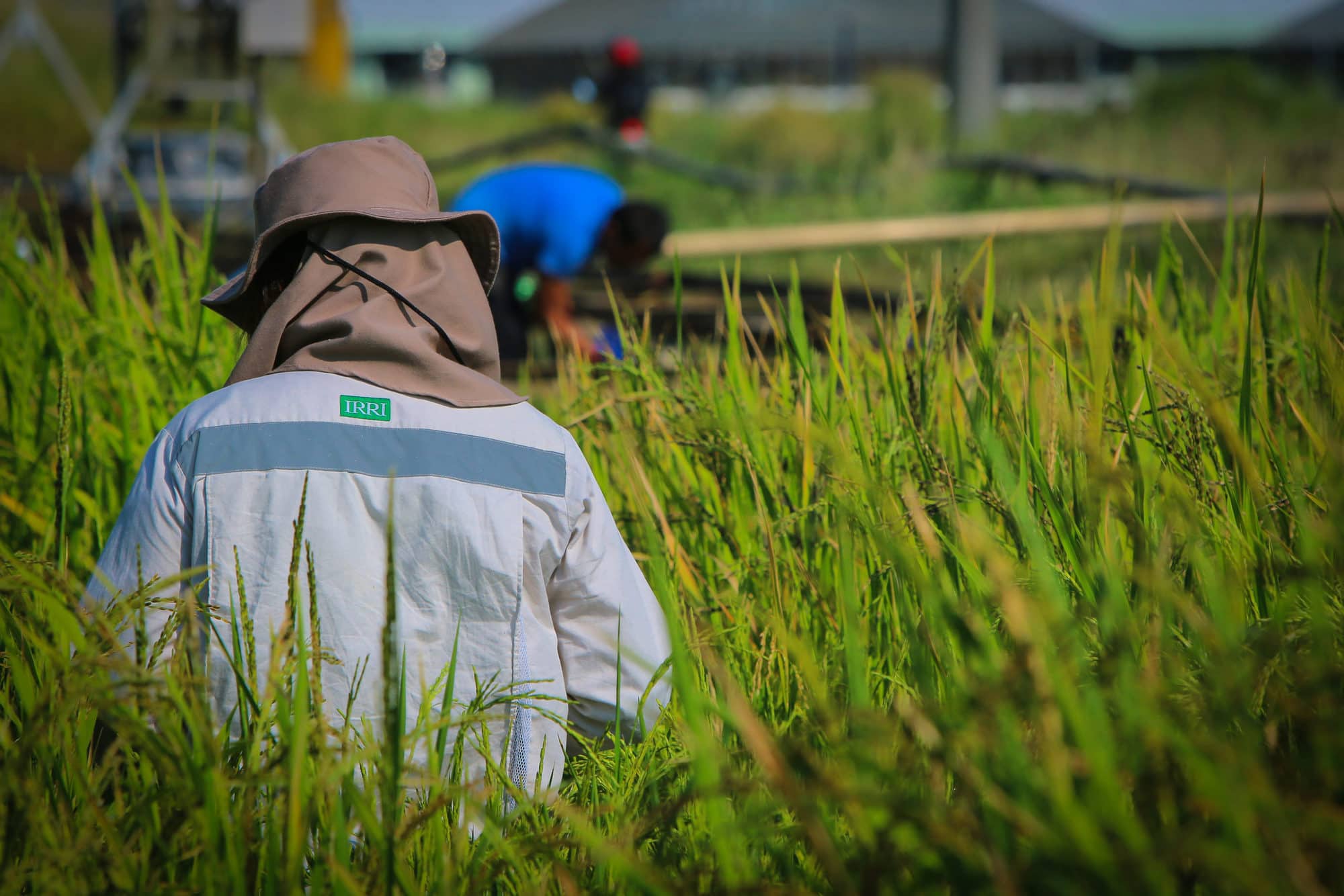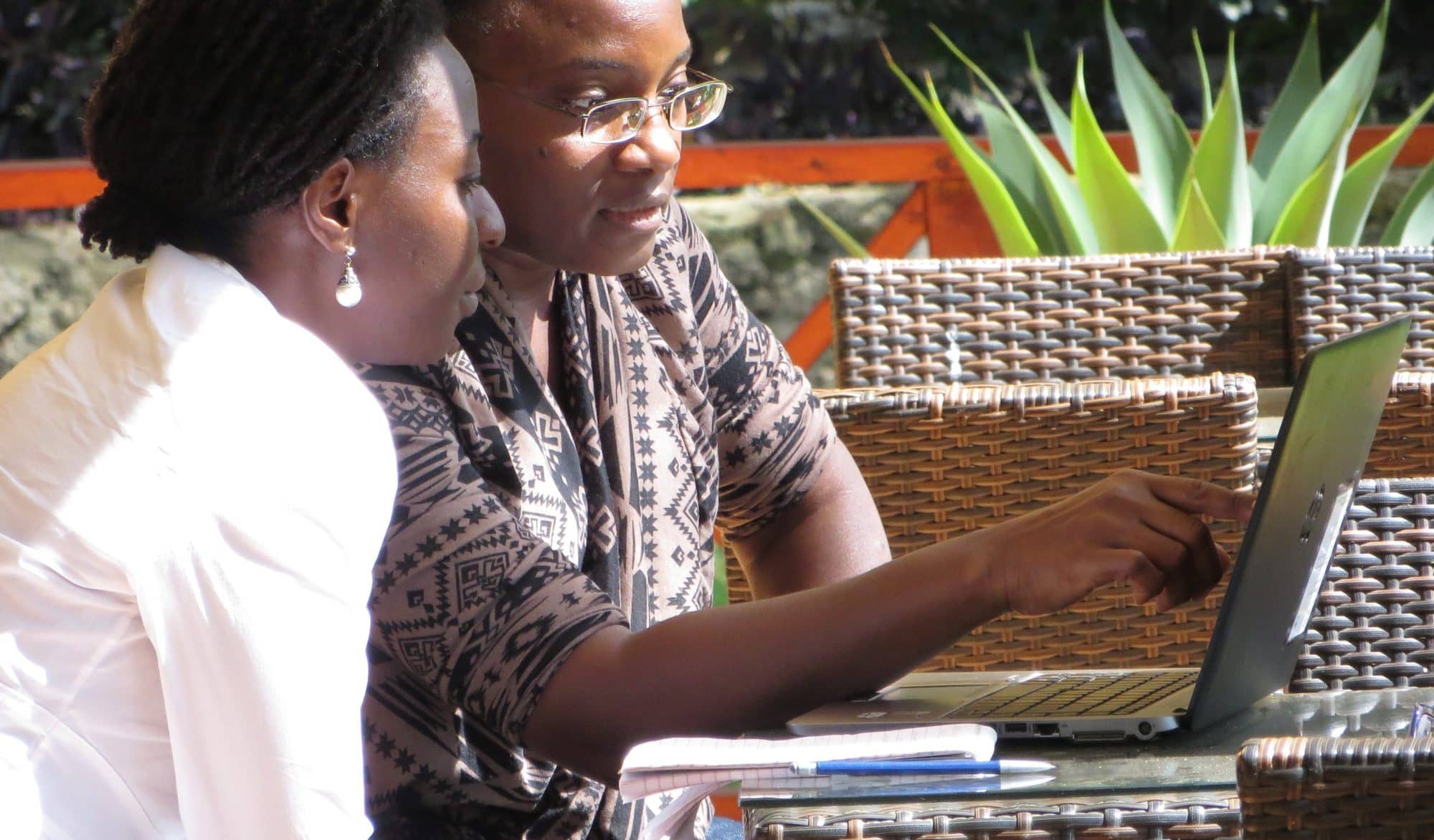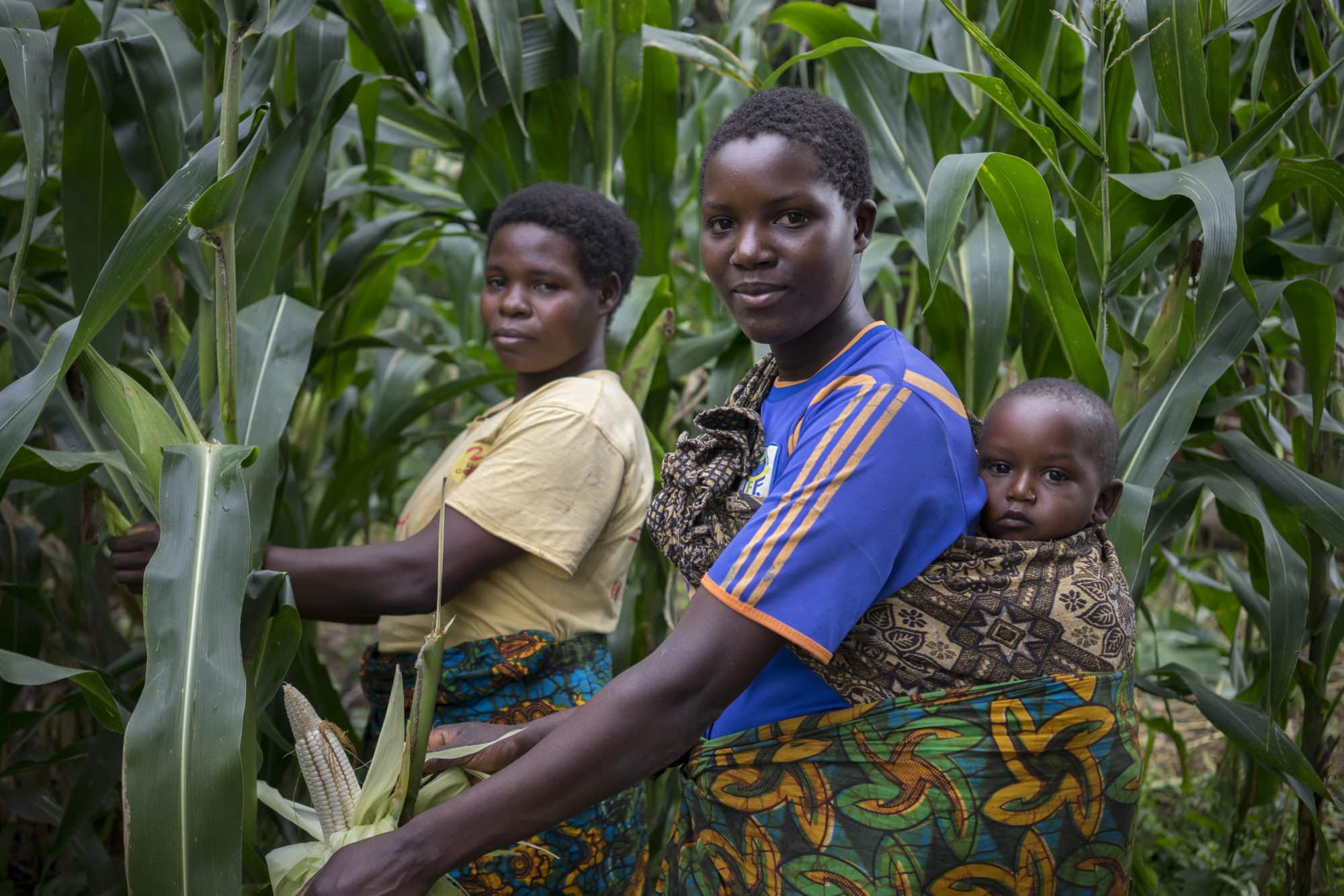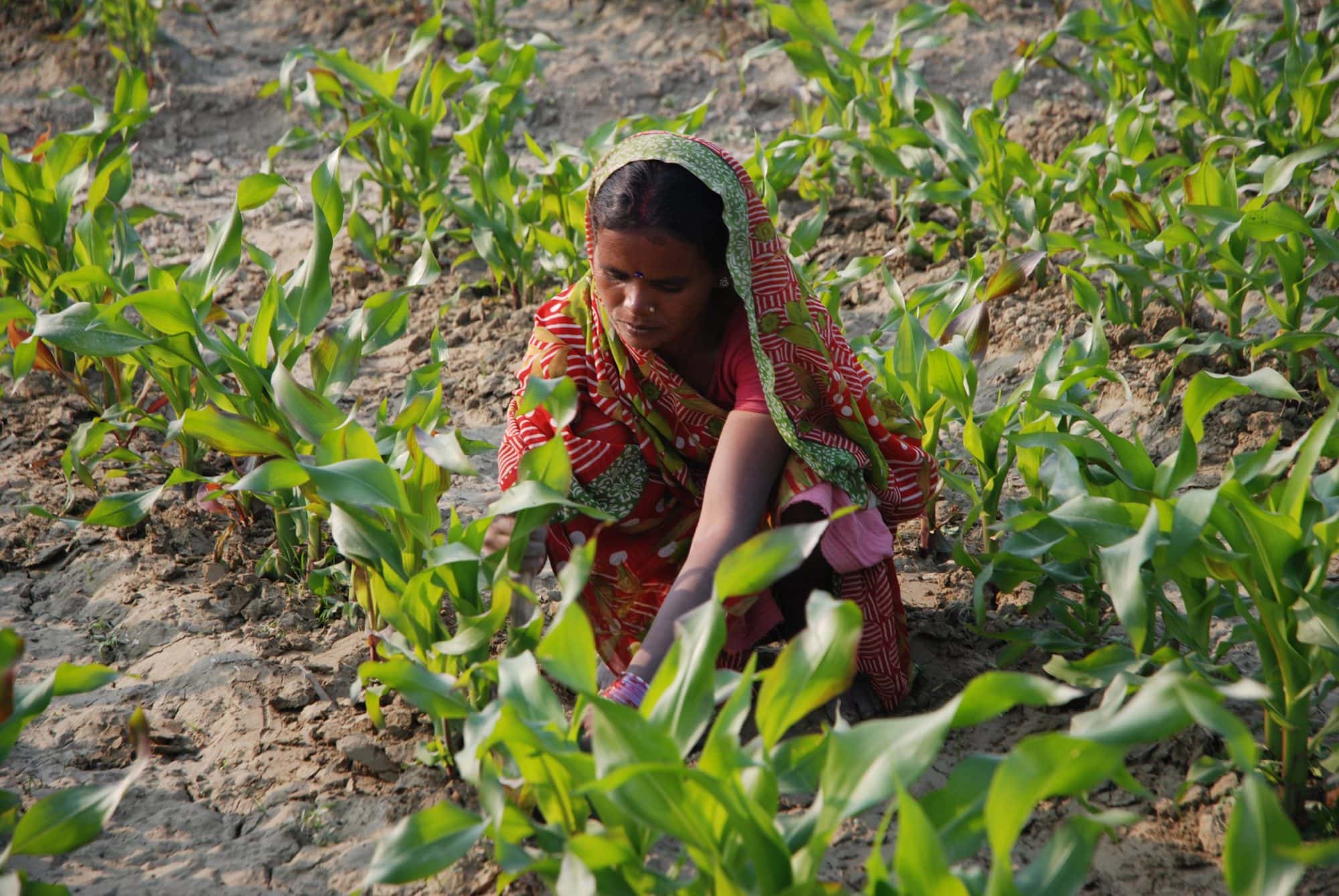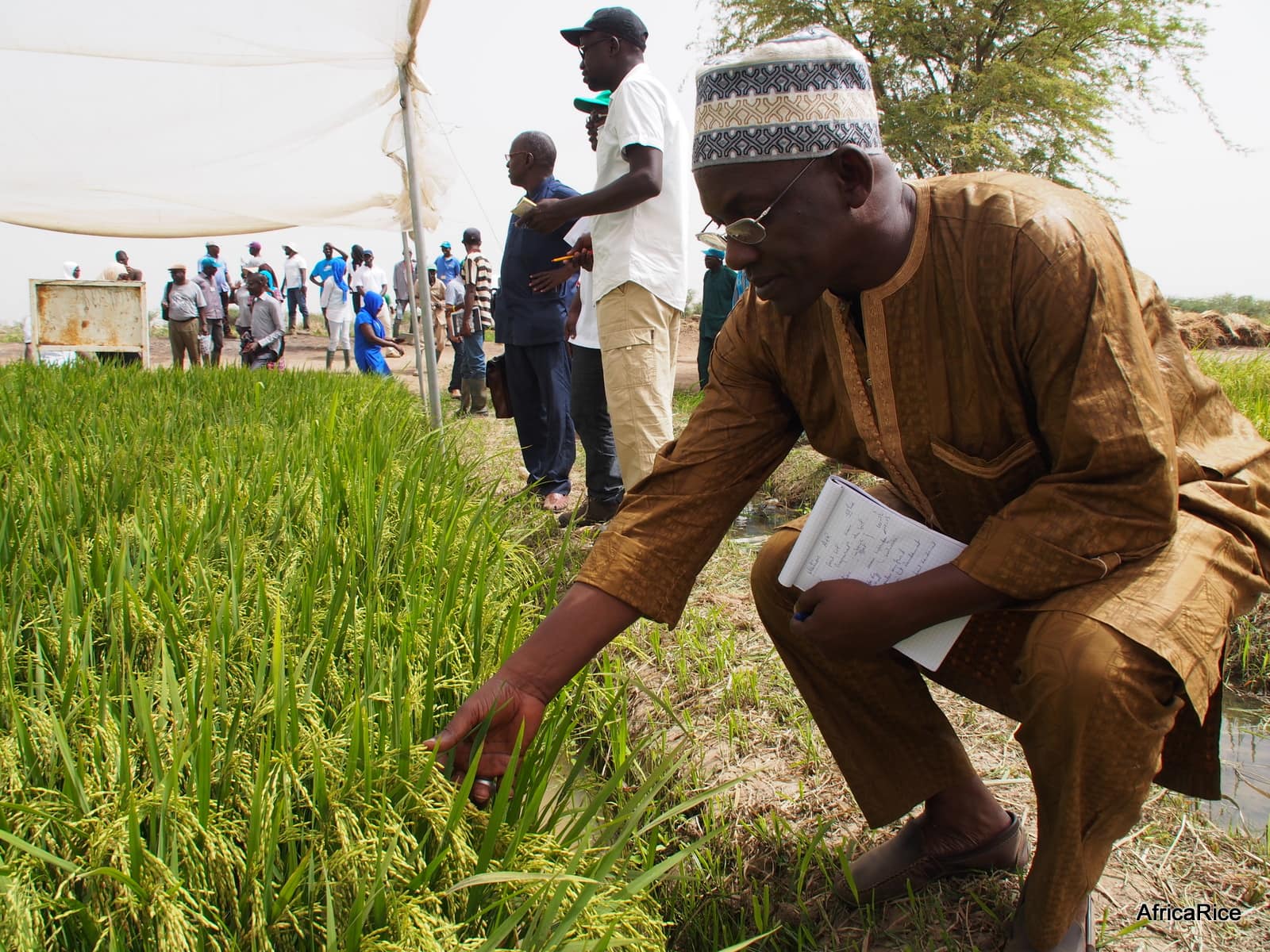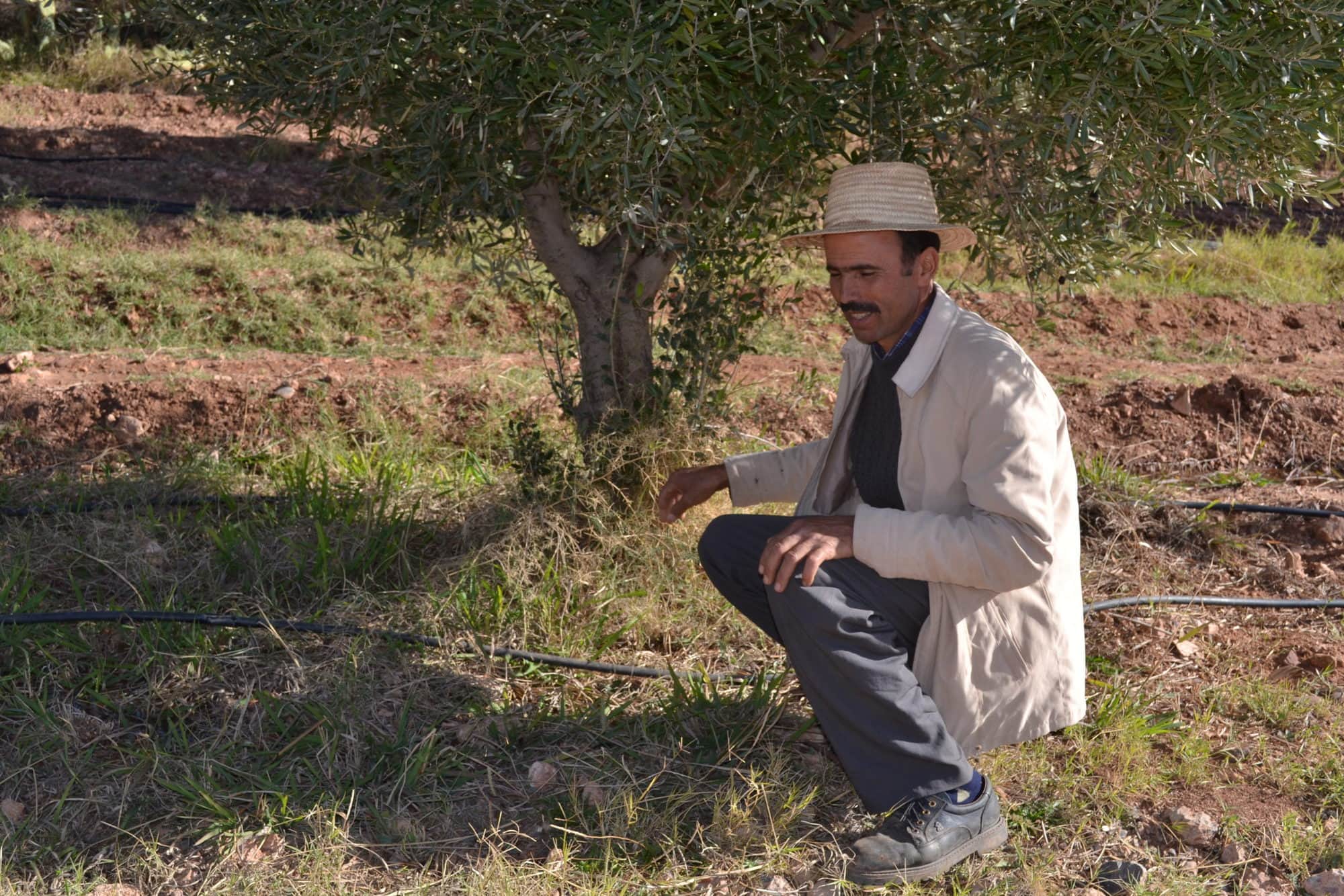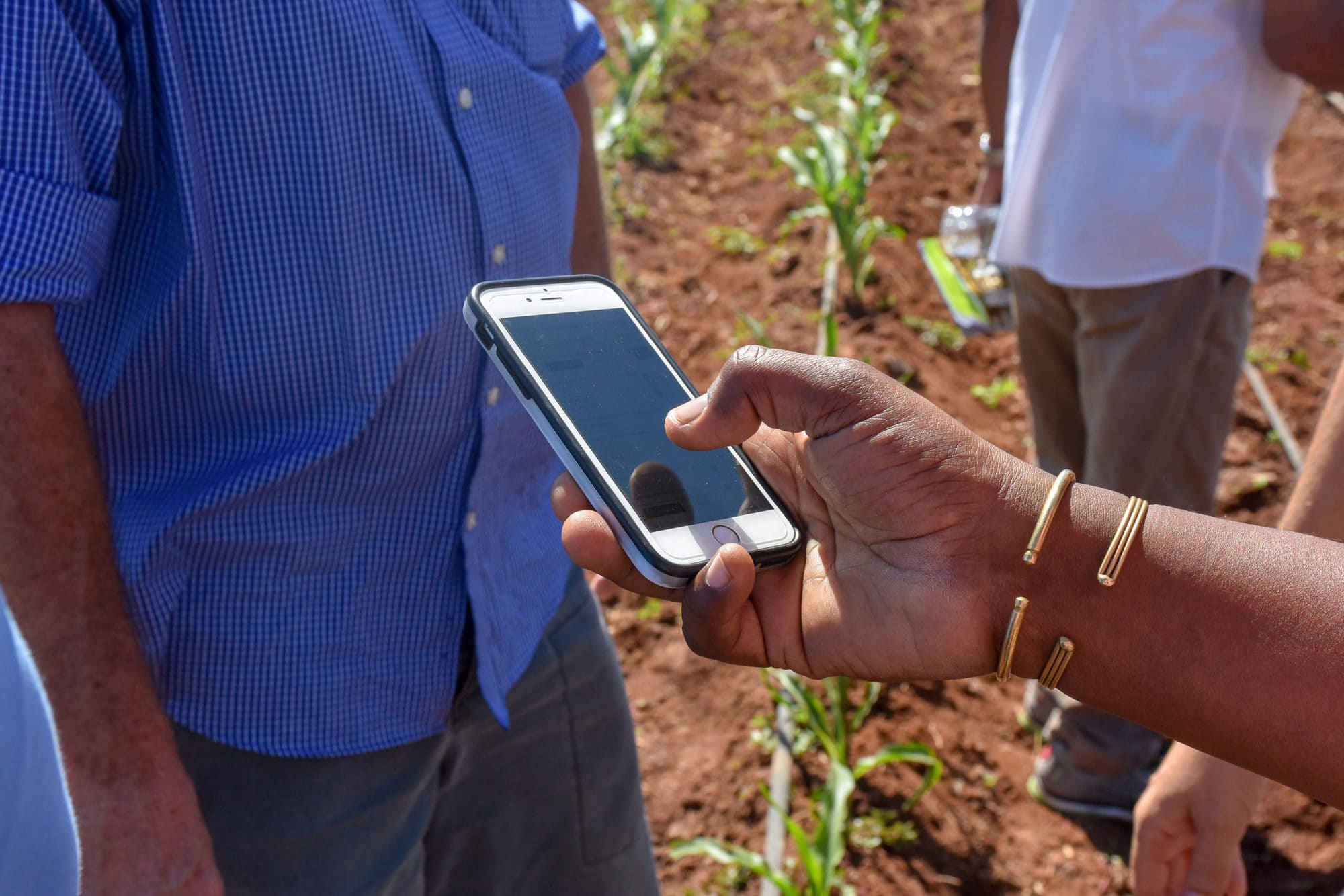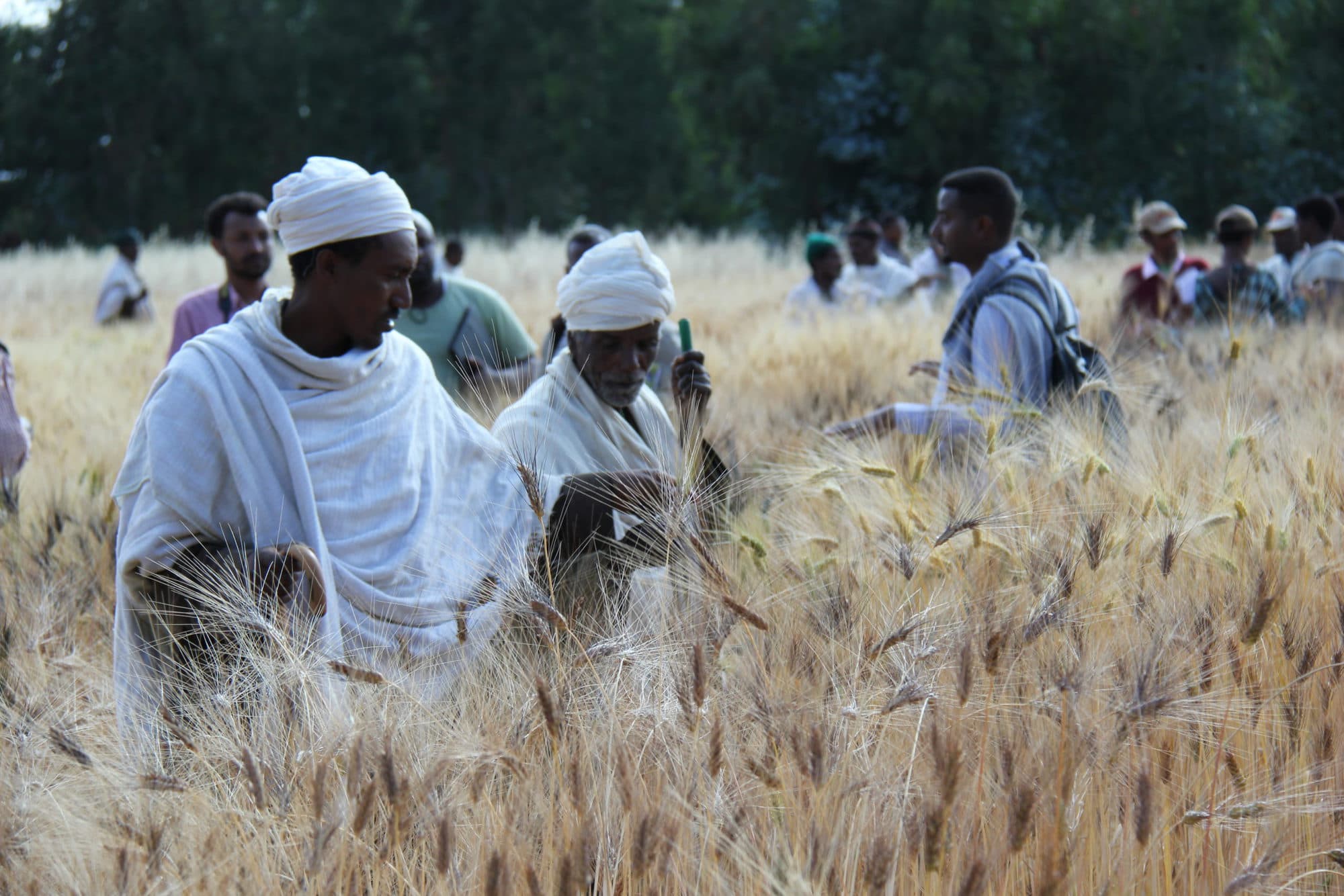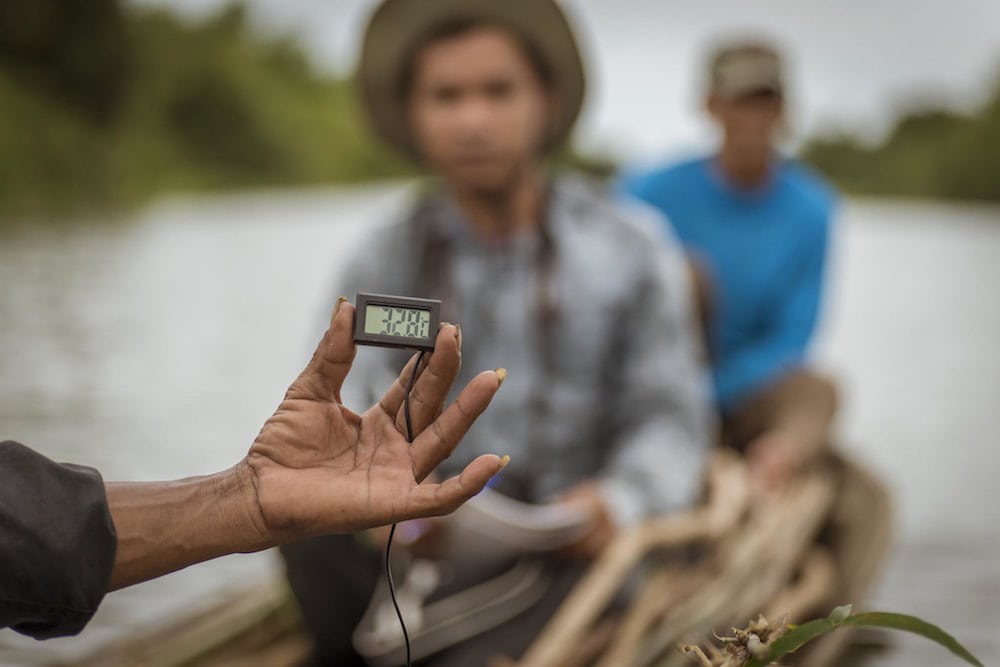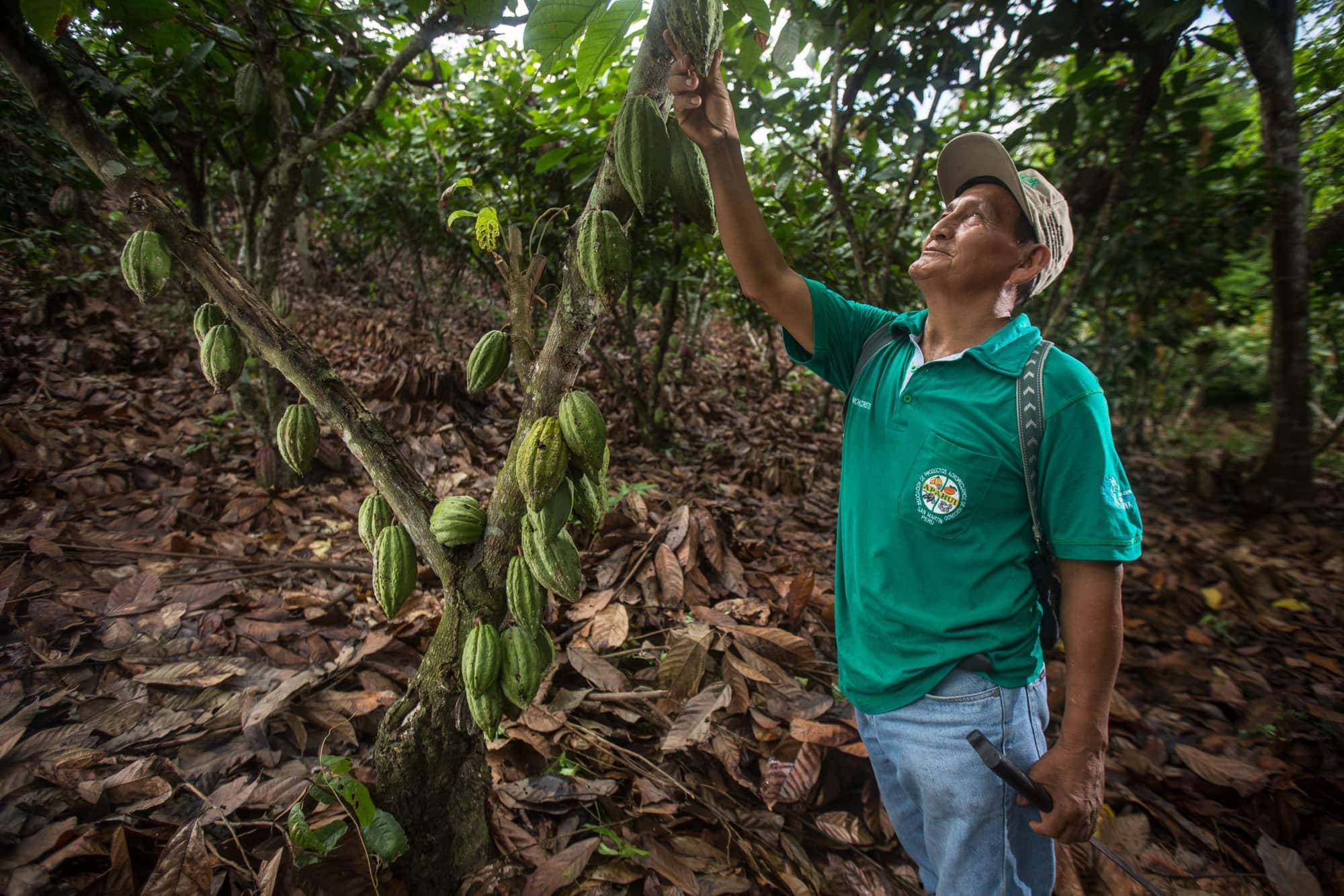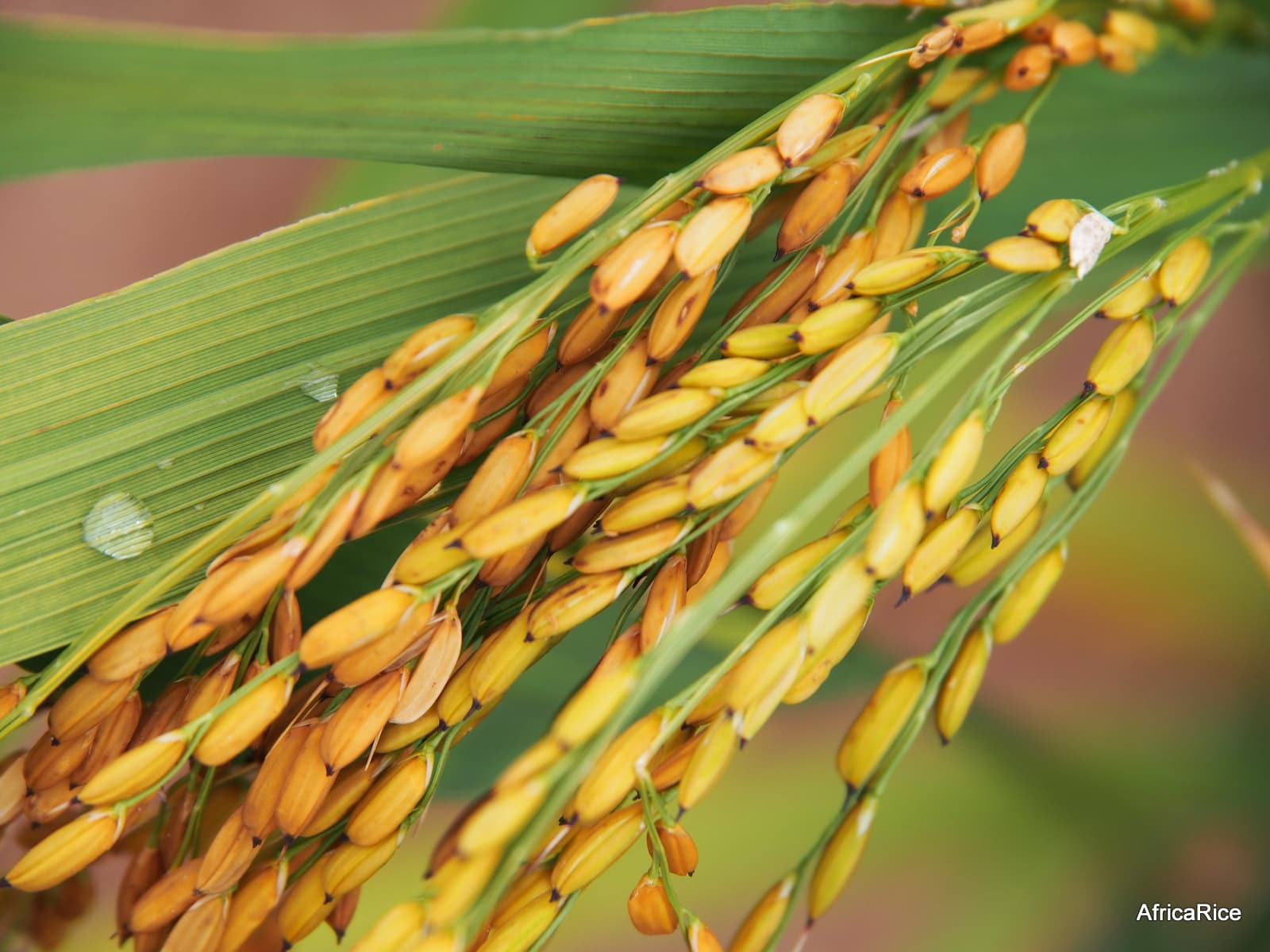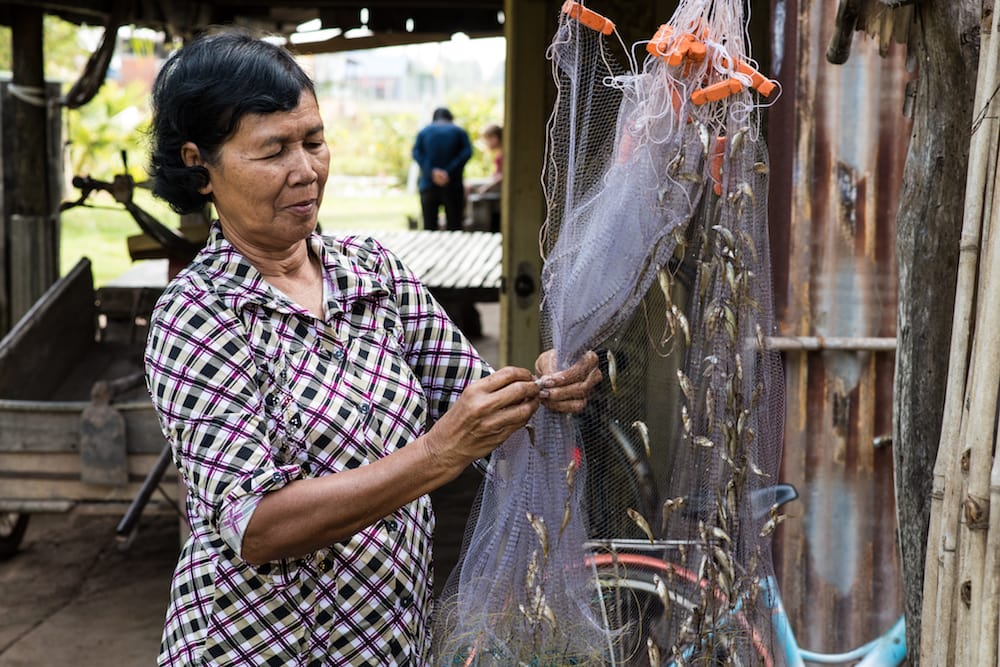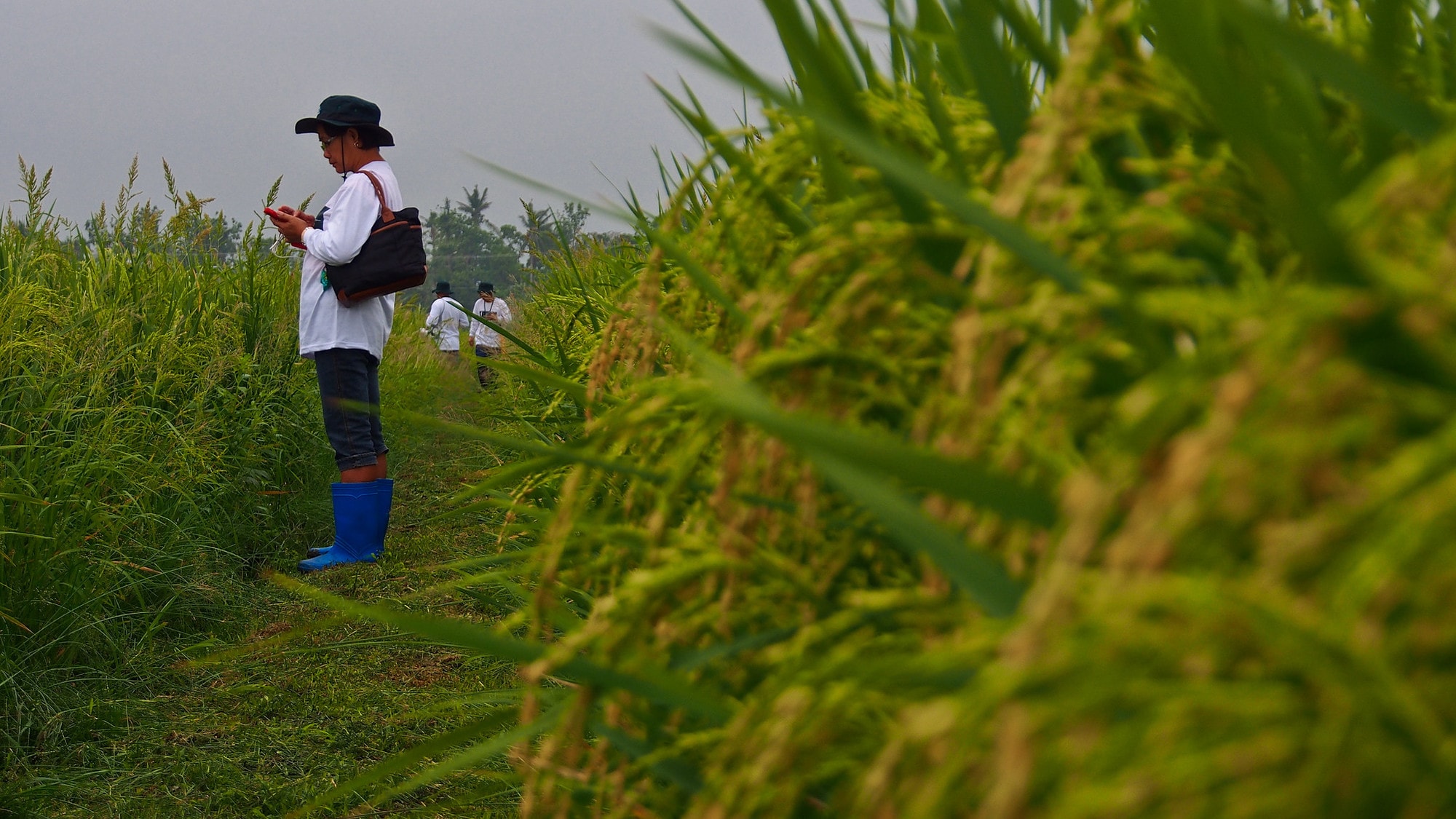Climate change poses major risks for food production, livelihoods and nutrition through high temperatures, erratic rainfall, drought, flooding, and sea level rise.
Top

Impact Area:
Climate adaptation
& mitigation
Improving small-scale producers’
resilience and reducing greenhouse
gas emissions from food systems.

About
On the flip side, agriculture and food systems produce almost a third of global greenhouse gas emissions—yet they could be a global carbon sink.
Supporting vulnerable small-scale producers to adapt to climate change and reducing greenhouse gas emissions from agrifood value chains are essential for sustaining food systems and ensuring food and nutrition security.

Aditi Mukherji
Impact Platform Director
Dr Aditi Mukherji is a Director, Climate Change Adaptation and Mitigation Impact Action Platform of the CGIAR. Earlier, she was a Principal Researcher at the International Water Management Institute based in India, and before that she led the Water and Air Theme at the International Centre for Integrated Mountain Development (ICIMOD) in Nepal.
Objectives
Through research and innovation, CGIAR aims to address these challenges and contribute to collective global targets for Climate Adaptation and Mitigation:
- Implement all National Adaptation Plans and Nationally Determined Contributions to the Paris Agreement.
- Equip 500 million small-scale producers to be more resilient to climate shocks, with climate adaptation solutions available through national innovation systems.
- Turn agriculture and forest systems into a net sink for carbon by 2050, with emissions from agriculture decreasing by 1 Gt per year by 2030 and reaching a floor of 5 Gt per year by 2050.
Activities
To contribute to these collective global targets, CGIAR Initiatives will:
- Provide scientific evidence and climate-smart solutions and unlock innovative finance that feed into local, national, regional, and global processes governing land use, land restoration, forest conservation, and resilience to floods and droughts, contributing to climate action, peace, and security.
- Co-develop production systems and portfolios of practices, adapted to the local needs of small-scale producers to enhance their adaptive capacity while reducing emissions, and provide affordable and accessible climate-informed services, particularly using digital tools.
- Focus on adaptation to a changing climate through adapted breeds and varieties, for example heat tolerant livestock breeds, strains and crosses, drought-tolerant maize, and heat-tolerant beans; and on inclusion of long-term accessions in genebanks to provide solutions for future climates.
All CGIAR Initiatives will contribute to Climate Adaptation and Mitigation. Below, browse a selection of Initiatives that primarily contribute to this Impact Area.
Platform
Each CGIAR Impact Area is supported by a dedicated Platform. To enable CGIAR to achieve maximum impact, this Platform:
- Guides and amplifies CGIAR research, ensuring meaningful and lasting contributions to the global targets above.
- Strengthens the performance of gender and social science research within and beyond CGIAR by identifying the highest standards and setting strategic direction.
- Conducts independent research across the CGIAR portfolio, to synthesize evidence and fill gaps.
- Engages a wide range of partners, builds capacity and informs global policy discussions.
To learn more about the work of the Platform, visit the Platform webpage or check out the brochure.
Featured
INITIATIVES

Innovations
Launch the Innovations Explorer to see more innovations contributing to this and other Impact Areas:

News
Related News
-

CGIAR, WFP, and Norway's collaboration for climate-resilient food security in sub-Saharan Africa
CGIAR Initiative on Fragility, Conflict, and Migration23.04.24-
Climate adaptation & mitigation
-
Gender equality, youth & social inclusion
In June 2023, CGIAR, the world’s largest agricultural innovation network, joined forces with the W…
Read more -
-

CGIAR and UNHCR sign MOU to empower displaced communities
CGIAR Initiative on Fragility, Conflict, and Migration23.04.24-
Climate adaptation & mitigation
Consider this: 30% of refugees and a staggering 70% of those internally displaced by conflict…
Read more -
-

CGIAR and WFP renew their commitment to strengthen food security in Zambia
CGIAR Initiative on Climate Resilience19.04.24-
Adaptation
-
Climate adaptation & mitigation
JOINT PRESS RELEASE Lusaka, April 19, 2024: The United Nations World Food Programme (WFP) and…
Read more -
-

The hidden crisis of disaster displacement and host community struggles in rural areas of Pakistan
CGIAR Initiative on Fragility, Conflict, and Migration19.04.24-
Climate adaptation & mitigation
-
Gender equality, youth & social inclusion
-
Social inclusion
Two years after devastating floods submerged a third of the country, killing more than 1,700…
Read more -
-

ICRISAT and ADB partner to deliver drone training to assess crop losses
International Crops Research Institute for the Semi-Arid Tropics (ICRISAT)18.04.24-
Big data
-
Climate adaptation & mitigation
DAE and ADB jointly designed the training programme that will continue till 25 April, according…
Read more -
-

Strengthening Climate Resilience in Pastoral and Agro-pastoral Areas of Ethiopia through Advisory and Climate Information Services
The Alliance of Bioversity International and the International Center for Tropical Agriculture (CIAT)18.04.24-
Climate adaptation & mitigation
The workshop - held at the CGIAR International Livestock Research Institute (ILRI) in Addis Ababa…
Read more -



